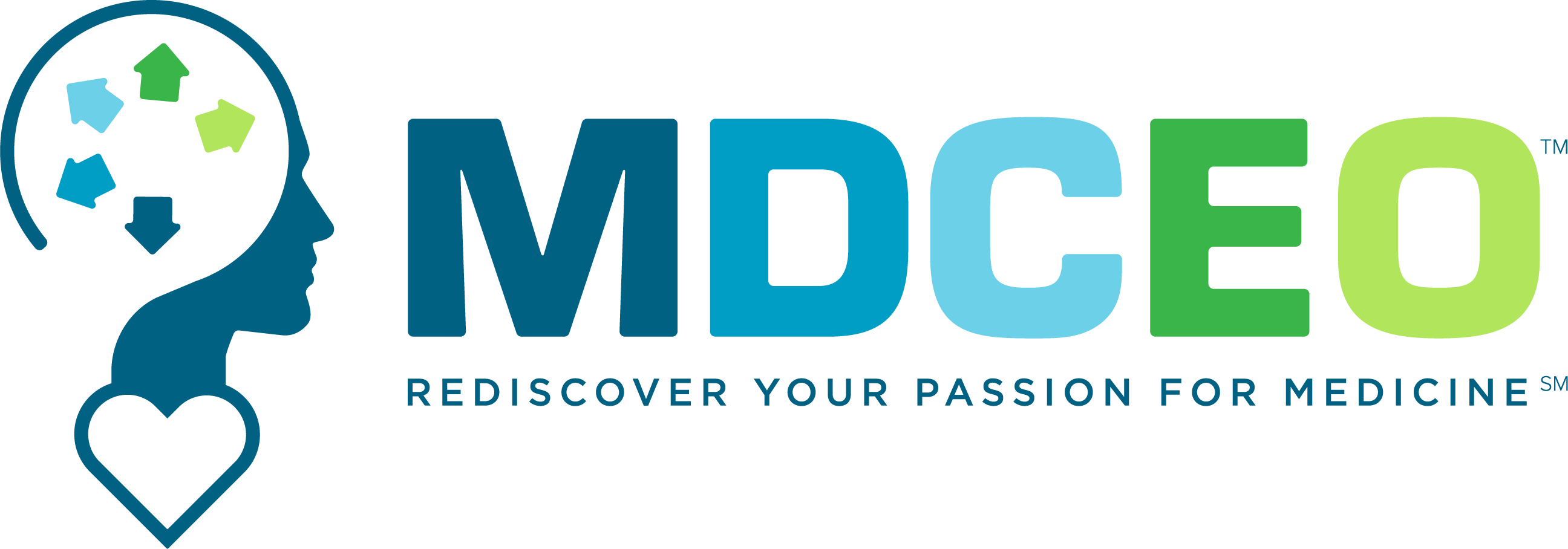September 25, 2024: The Challenge of Complex Care Management Part D
Moving from Fee for Service to Prospective Payment in Primary Care: Advanced Primary Care: The Future of Primary Care – Part 22
Aligning Care Management Incentives Around Value
Highly effective care management tightly embedded with the primary care team can be tremendously effective in improving patient outcomes. The converse is also true in most cases we have examined. Remote care management siloed away from the primary care team is minimally effective by comparison. We have already demonstrated that high value advanced primary care reduces admissions, ED utilization and total cost of care based on our experience with clients and in our practices where payment was aligned with improved health outcomes and lowering the health risk of our populations. So how do we measure and incentivize the work of care management nursing to steer toward high value work?
Effective care management nursing is centered on the same factors as the rest of the primary care team. Trust is the key currency, which is tied to the relationship they can establish with patients over time. Continuity, competency, reliability, and compassion drive the trust relationship forward and this empowers patients to change. No patient will follow the advice of any clinician or nurse they do not trust. Look at every part of the CM RN workflow to ensure that what they are doing builds trust and serves the interests of the patient first over the interests of the system (ACO, hospital, or whoever). Documentation should be lean and specific so that the rest of the care team is clear on what part of the overall care plan the nurse with working with the patient on. Don’t consume precious time in make-work processes but invest their time to better understand their patient’s needs and help them navigate the next steps of their care.
We believe that measuring high-risk patient’s trust and engagement with their care managers would be the pinnacle of assessing the value of the work done. We also want to measure how the total cost of care and health risk of those high-risk members declines the longer they are engaged by a care management nurse. Outpatient care management is not just “get ‘em in and out” as many ACO’s have in their “enrollment” metrics. Simply enrolling a patient, especially if those patients are not target in order of risk, does little to impact cost or improve health risk. We want to encourage gradual transition of patients who are making positive changes back to their care team’s oversight. Many patients, by the nature of their disease process or social determinants are going to need more help, not less, over time so some will need periodic long-term check ins by their trusted care management nurse to keep tabs on their decline and help them transition to palliative care.
The major difference in care management in the primary care setting from that of inpatient or transitional care management is that the relationship of the patient with their primary care team is longitudinal and often lifelong. Having metrics that reward short, superficial contact with patients will not yield the outcomes that our patients need, nor will it reward systems with cost savings that allow you to pay for quality care management.
Scott Conard, MD Michael Tuggy, MD Susan Lindstrom Laurence Bauer, MSW, MEd
scott@scottconard.com MTuggy@converginghealth.com slindstrom@mypha.com Laurence.bauer@gmail.com
Kathleen Dalton, RN, CCM, CMGT-BC
